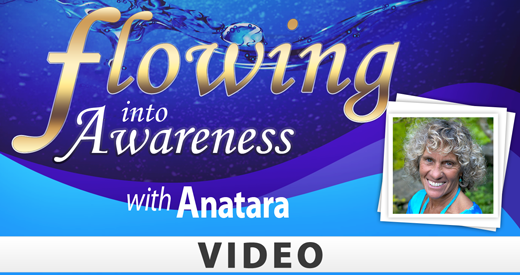| YogaHub |  |
What Defines an Advanced Yoga Class?
 As a yoga student, what part of the practice has challenged you the most – the physical movements or the simple act of being present on the mat?
As a yoga student, what part of the practice has challenged you the most – the physical movements or the simple act of being present on the mat?
Recently, an influx of new but seasoned yoga students have started joining my classes. I am thrilled to see new faces as it is always exciting to connect with other yogis and yoginis.
Often, these students will ask which of my classes is the more advanced class. Assuming they were looking for a physical challenge, I direct them to a power vinyasa class on Thursday evenings. But as I thought more about this question I wonder if I’ve been giving the correct answer.
For many years I was the only teacher within several miles. I’ve provided a variety of classes, from meditative and restorative to a more powerful vinyasa. I’ve even led children’s classes and chair classes for older yogis.
Many students attend more than one style and attend several classes per week. These students know that there’s more to yoga than the physical pose. To them, it doesn’t matter if they can stand on their head or if they can touch their toes. Yet, they are “advanced” yogis, because they understand the power of being present on the mat.
On the flipside, I once had a student who was wonderful at executing the most difficult of poses but when it came time for Sivasana she was rolling up her mat and heading for the door. Although this student could do most asanas with ease, I would not consider her an advanced yogini. When it was time to quiet the mind and be with ones Self, she fell short.
It is easy to get caught up in the perfection of asanas. However, in the Yoga Sutras of Patanjali, “asana” is only mentioned a few times. Remember, there of 8 limbs of yoga – asana isn’t even the first or the second.
So this brings me back to the original question, what defines an advanced yogi?
Is an advanced yogi one who can go into a handstand, drop to their elbows, bend the knees into scorpion and dismount into chatauranga?
Or is an advanced yogi one who can still the mind and be in the present moment, accepting themselves wherever they are in the pose?
I believe it is the latter that describes a truly advanced yogi.
An advanced yogi will do no harm, not even to themselves. They are moral. They practice breathing techniques. They know when and how to use props in their asana practice. They meditate.
An advanced yogi knows that when the world gets too rough, the yoga mat can bring them back to center – even if they can’t stand on their head. They accept where they are, and they know that working from that point creates an energetic shift in the body and mind, bringing a unity of Self.
In all of my classes, I have beginners and more advanced students. The seasoned students go to their fullest expression of the pose and the beginners do the same. What’s most important is coming to practice with intention and focus.
Next time a student asks which of my classes are advanced, my answer will be “All of them, depending on what you are looking for.” A truly “advanced student” will know to accept where you are in practice and be present on the mat. Otherwise you are just exercising.






Nice Artical